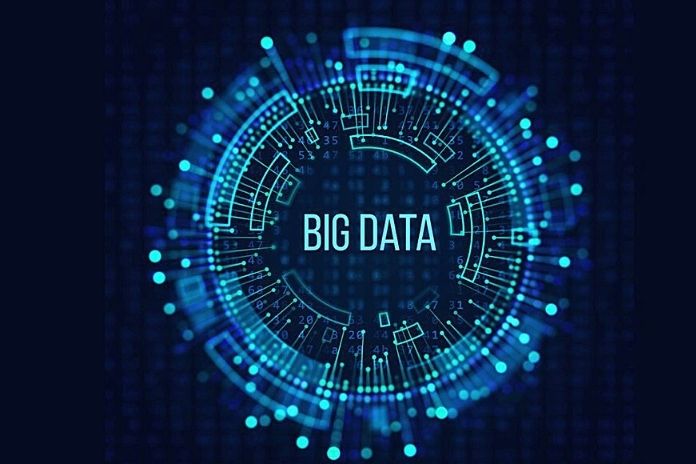“Big Data” means (literally) “Big data”, or large amounts of data, which taken together occupy a lot of storage space, in the order of Terabytes (unit of measurement multiple of the byte, corresponding to 2 to the fortieth byte, or at 1,048,576 megabytes, the symbol is TB).
What Are Big Data: Definition
A Google search, a supermarket purchase, a photo, a voice message, a tweet. All these are given. Most of our daily activities today create data, which can be collected, analyzed and monetized. Supercomputers and algorithms allow us to analyze the ever-increasing amount of data generated every day. Computer CPUs may soon reach the computation power of the human brain. Artificial intelligence could quickly replace robots, many of the jobs we do today.
This is also possible thanks to the enormous amount of data generated today, which machines can promptly analyze, revealing paths and connections between the many human activities and creating detailed profiles on us. A question of privacy also comes into play, which is by no means trivial. The phenomenon of “Big Data”, or rather the phenomenon of storing, managing and analyzing large amounts of data, is not a recent phenomenon. On the contrary, it is a phenomenon that is part of the long history of the evolution of humanity.
As with innovations such as the internet, data centres or cell phones, Big Data is also a step towards a different way of managing business and society. For example, let’s think of all the posts that are created every day on Facebook. An incredible amount of user-generated data will be saved somewhere and, perhaps, one day analyzed. Today it is possible to collect an innumerable amount of data due to the internet, the Internet of Things and the spread of applications that work by connecting to an internet connection.
The data produced are manifold, such as the users’ data of a website, their posts on Facebook, or the use of an app, from objects connected to the network, etc. It is estimated that every day. Analyzing such a large amount of data requires specific skills and advanced technologies capable of supporting the processing of such large files to extract useful hidden information.
In this article, we will try to explain what Big Data is, what it is for, some of the uses and applied areas of Big Data, and the advantages for companies that decide to apply Big Data analytics to their business.
At the basis of Big Data and Data Science
To understand the development of Big Data, it is also necessary to know how to identify the models of use of Analytics in companies. Once again, a dual distinction is required in the types of data. Unstructured data means heterogeneous data, trivializing a little data that reflect the “heterogeneity” of reality. In other words, the effects of the Internet of Things are felt, which is linked to the already more consolidated phenomena of Mobile and Social Media.
Greater adherence to reality also means a more significant possibility of transforming data into fundamental knowledge. For companies, this means more extraordinary ability to represent reality and, therefore, more meaningful opportunities to act on the levers that allow them to obtain savings, implement efficiencies, optimize internal processes and develop new products and services.
The Data-Driven path for Big Data
Behind these “particular signs” lies the central function of Big Data which is to provide the best possible representation of reality through data. But to represent reality first and truthfully with data, it is necessary to develop methods and logic of presentation with processes of verification and control. With this approach, the company is placed within a Data-Driven scenario consisting of 4 major types of Data Analysis.
Descriptive Analytics
We start from Descriptive Analysis, which consists of all the tools that allow you to represent and describe the reality of certain situations or processes in a graphic way. In the case of companies, for example, we are talking about the representation of business processes. Descriptive Analytics allows the graphical visualization of the performance levels.
Predictive Analytics
We then move on to Predictive Analysis based on solutions that allow data analysis to be carried out to design development scenarios in the future. Predictive Analytics is based on mathematical models and techniques such as Predictive Models, Forecasting and others.
Prescriptive Analytics
With Prescriptive Analyzes, you enter the field of tools that associate data analysis with the ability to assume and manage decision-making processes. Prescriptive Analytics are tools that provide strategic indications or operational solutions based on both Descriptive Analysis and Predictive Analyzes.
Automated Analytics
The fourth scenario is represented by Automated Analytics that allow you to enter automation with Analytics solutions. Based on the results of descriptive and predictive analyzes, Automated Analytics are in a position to activate actions defined based on rules. Rules that can, in turn, be the result of an analysis process, such as the study of the behaviour of a specific machine in the face of certain conditions being analyzed.

